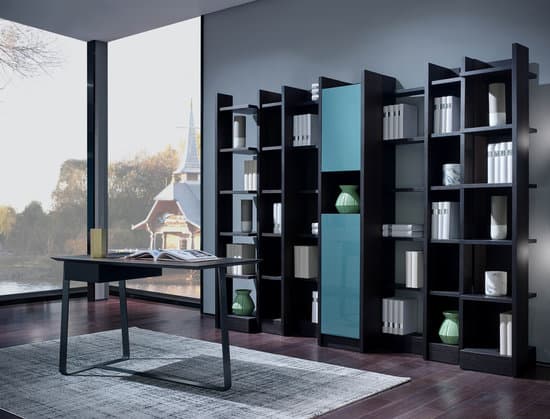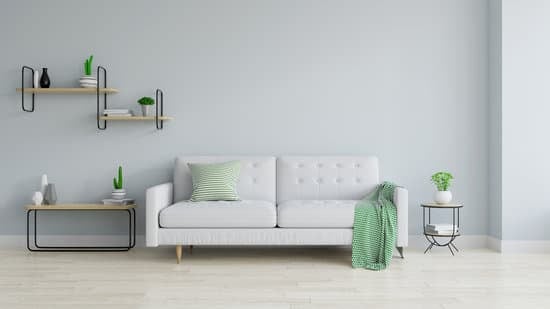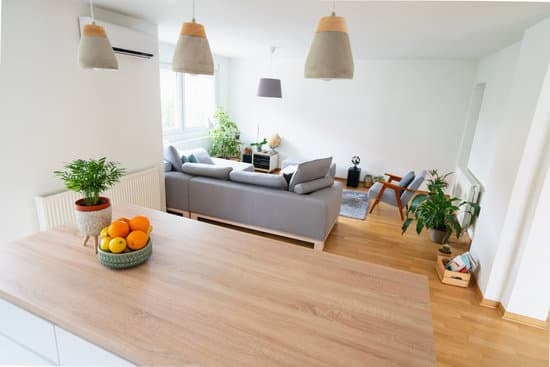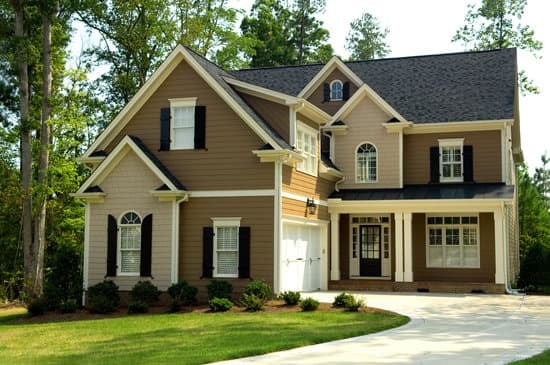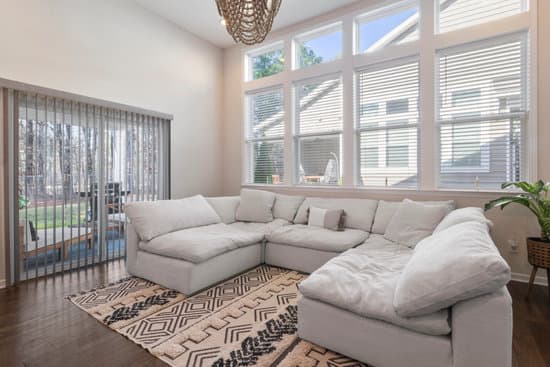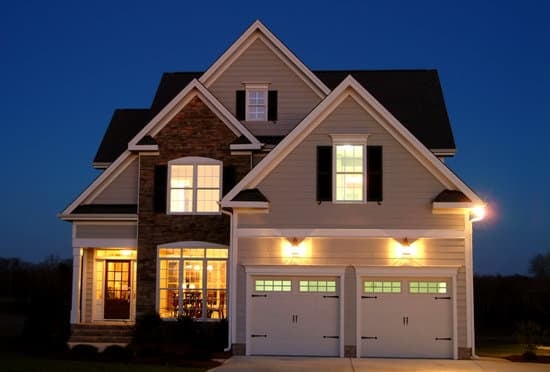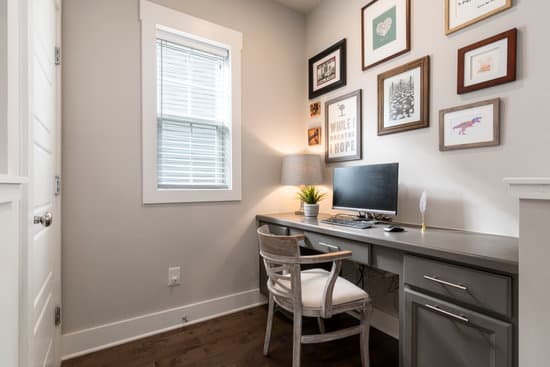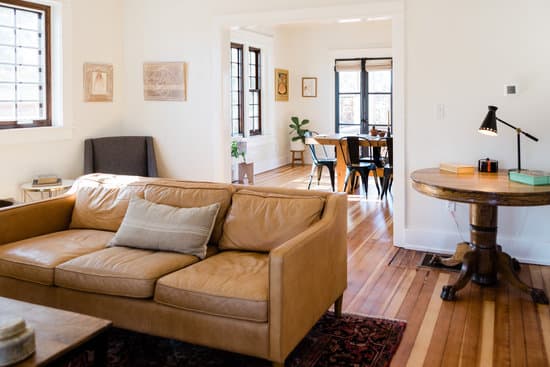Researching Your Favorite Retro Styles
If you want to create a retro design, the first step is to do some research. What era or specific retro style do you like best? Spend some time looking at examples of that style, whether it’s art deco, mid-century modern, or the groovy 70s. Look at the colors, patterns, and shapes that were popular during that time period. The more you know about your chosen retro style, the better you can emulate it in your design.Choosing the Right Colors to Create a Retro Look
Colors are an important part of any design, but especially when you’re trying to create a retro feel. Consider using a limited color palette that reflects the era you’re emulating. For example, if you’re going for a 50s diner vibe, think red, white, and black. If you’re aiming for a 60s psychedelic feel, you might go for hot pink, lime green, and electric blue. Don’t be afraid to use bold, vibrant hues, as these were popular during many retro periods. Some popular retro color palettes include:- Black, white, and red
- Teal, pink, and brown
- Orange, yellow, and brown







